Driving Dystopia: Mumbai Introduces Signals That Punish Everyone for Honking

India is famous for having some of the most lawless roadways on the planet. While the primary culprit is likely the country’s lax licensing requirements — showing a basic understanding of a vehicle’s controls and the ability to park is about all it takes — the bar has been set similarly low for what’s deemed acceptable outside the classroom. It’s not uncommon to see occupancy limits surpassed, often with excess passengers riding on the outside of a vehicle. Roads and automobiles are also often poorly maintained, encouraging accidents that jam up traffic.
Honking is a problem too, with India’s Central Pollution Control Board banning the practice in several cities for 2017. The group worked off data from 2011 that alleged Delhi’s busiest areas averaged 100-108 decibels of ambient background sound (with some spots going up to 125db). That’s enough to cause physical harm to someone subjected to the noise for just 15 minutes — and most of the sound is believed to stem from persistent honking.
Drivers in India still honk more than seems reasonable, however. With so many trucks in the region operating without mirrors, it’s often the best way to announce your presence to a vehicle that probably doesn’t see you. Sadly, the practice has spilled over into less life-or-death scenarios. The Mumbai Police feels it has a solution: Rather than attempting to ticket the vast number of drivers who like to hammer the horn, regardless of circumstance, it’s instead introducing smart stoplights that monitor roadway noise. If one catches people honking while waiting for a red, the countdown to green resets and everyone is forced to wait a bit longer.
“Mumbai is one of the noisiest cities in the world and lot of this noise is at the traffic signals where Mumbaikars honk even when they see the signal is red,” said Police Commissioner Madhukar Pandey. “Jointly with the FCB Interface, we have launched this innovative solution to arrest the honking menace.”
FCB Interface, the marketing company Mumbai hooked up with to implement the new hardware, published an ad on January 30th that’s been picking up steam online. The majority of the initial feedback was positive, though many commenting on the ad had the same questions we did.
“[What’s] to stop cross traffic (the side that has green) to start blowing their horns in groups to keep their side green? I mean from the video nothing happens to those that honk when the light is green for them so this could cause infinite green lights for the other side,” noted one person in a Youtube comment.
While that seems a little too organized for a random group of motorists to pull off on their daily commute, it’s not unthinkable. The system is designed to catch noise coming from directly in front of it; it’s theoretically possible that high levels of ambient noise could still trigger a reset. We also can’t guarantee motorists waiting for the red will be considerate enough to wait for the countdown.
Dubbed as the “Punishing Signal” by those pushing it, the system only needs 85db of noise to trigger, giving drivers another 90 seconds of waiting. Considering plenty of areas in India routinely exceed 100db, one can anticipate plenty of delays over the first couple of weeks.
According to Mumbai Police, the devices are being utilized in an experimental capacity to test the public response. They’re only installed at the city’s six noisiest intersections (for now). India’s continued efforts to improve signage and build more areas for separating roadways from footpaths will probably do more to promote safety, overall. But it also has to tamp down the honking and needed to start somewhere. Just maybe, the Punishing Signal won’t send drivers into rage after the car next to them resets the timer, spreading the message that honking is to be saved for special circumstances.
[Image: sladkozaponi/Shutterstock]

A staunch consumer advocate tracking industry trends and regulation. Before joining TTAC, Matt spent a decade working for marketing and research firms based in NYC. Clients included several of the world’s largest automakers, global tire brands, and aftermarket part suppliers. Dissatisfied with the corporate world and resentful of having to wear suits everyday, he pivoted to writing about cars. Since then, that man has become an ardent supporter of the right-to-repair movement, been interviewed on the auto industry by national radio broadcasts, driven more rental cars than anyone ever should, participated in amateur rallying events, and received the requisite minimum training as sanctioned by the SCCA. Handy with a wrench, Matt grew up surrounded by Detroit auto workers and managed to get a pizza delivery job before he was legally eligible. He later found himself driving box trucks through Manhattan, guaranteeing future sympathy for actual truckers. He continues to conduct research pertaining to the automotive sector as an independent contractor and has since moved back to his native Michigan, closer to where the cars are born. A contrarian, Matt claims to prefer understeer — stating that front and all-wheel drive vehicles cater best to his driving style.
More by Matt Posky
Latest Car Reviews
Read moreLatest Product Reviews
Read moreRecent Comments
- Probert They already have hybrids, but these won't ever be them as they are built on the modular E-GMP skateboard.
- Justin You guys still looking for that sportbak? I just saw one on the Facebook marketplace in Arizona
- 28-Cars-Later I cannot remember what happens now, but there are whiteblocks in this period which develop a "tick" like sound which indicates they are toast (maybe head gasket?). Ten or so years ago I looked at an '03 or '04 S60 (I forget why) and I brought my Volvo indy along to tell me if it was worth my time - it ticked and that's when I learned this. This XC90 is probably worth about $300 as it sits, not kidding, and it will cost you conservatively $2500 for an engine swap (all the ones I see on car-part.com have north of 130K miles starting at $1,100 and that's not including freight to a shop, shop labor, other internals to do such as timing belt while engine out etc).
- 28-Cars-Later Ford reported it lost $132,000 for each of its 10,000 electric vehicles sold in the first quarter of 2024, according to CNN. The sales were down 20 percent from the first quarter of 2023 and would “drag down earnings for the company overall.”The losses include “hundreds of millions being spent on research and development of the next generation of EVs for Ford. Those investments are years away from paying off.” [if they ever are recouped] Ford is the only major carmaker breaking out EV numbers by themselves. But other marques likely suffer similar losses. https://www.zerohedge.com/political/fords-120000-loss-vehicle-shows-california-ev-goals-are-impossible Given these facts, how did Tesla ever produce anything in volume let alone profit?
- AZFelix Let's forego all of this dilly-dallying with autonomous cars and cut right to the chase and the only real solution.



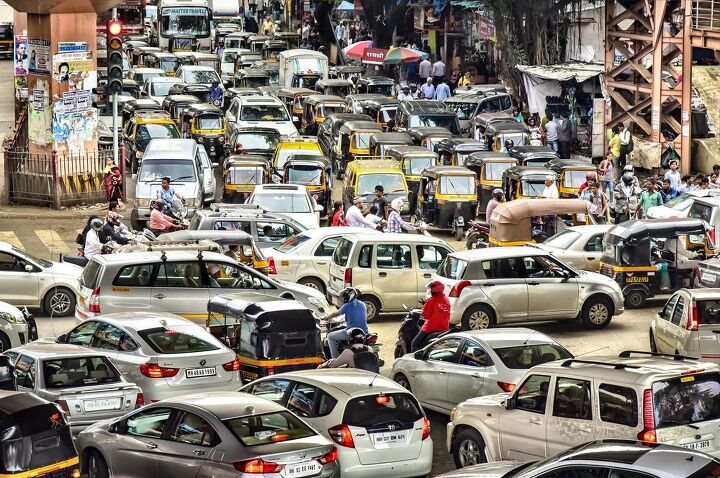















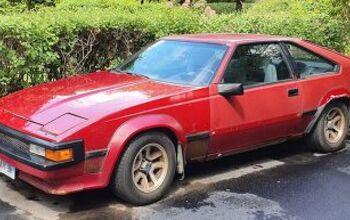
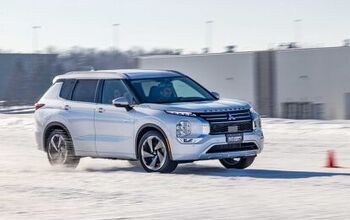
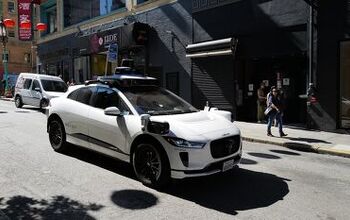
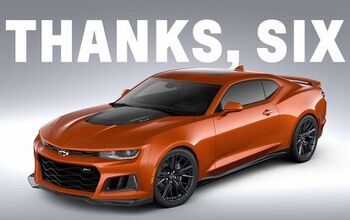

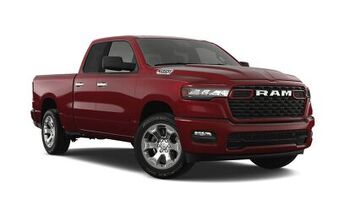

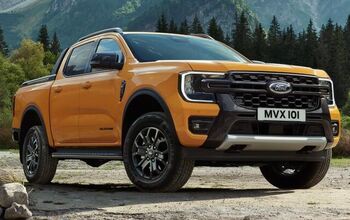
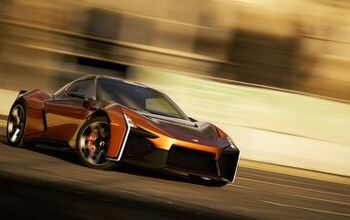
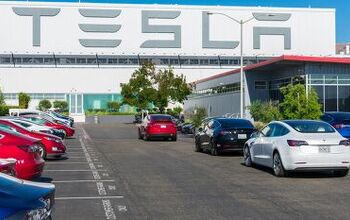
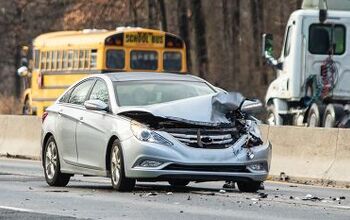

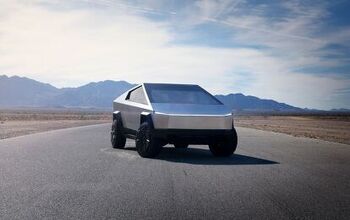

Comments
Join the conversation
This might work - but... Human nature being what it is, I am inclined to think that this idea will succeed no better than HOV lanes.
I think some North Korean traffic cops could do wonders for that place.